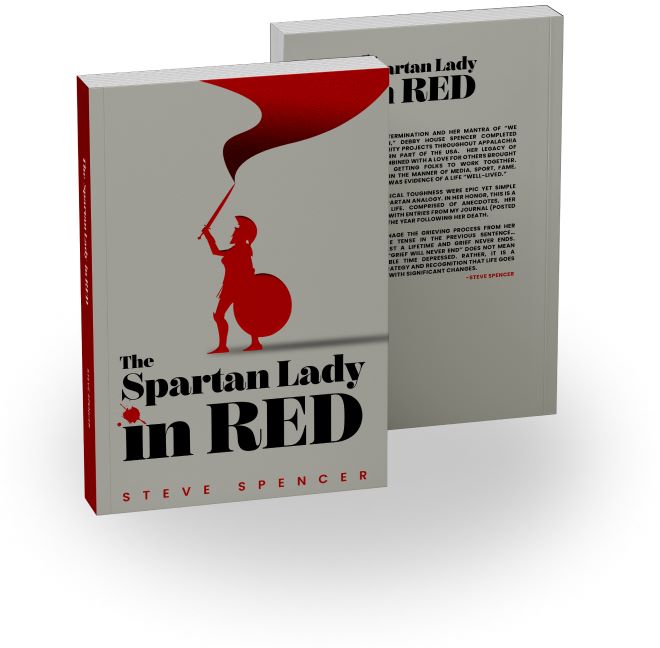Writing a compelling anecdotal narrative can turn your stories into unforgettable experiences. If you want your tales to captivate and resonate with your audience, follow these five essential tips to bring your anecdotes to life.
1. Start with a Strong Hook
Your anecdotal narrative needs a strong hook that grabs attention right away. Imagine the beginning as your chance to reel in your audience.
For example, rather than saying, “It was an ordinary day,” try, “The sun blazed down on us as we stood at the edge of the cliff, the wind whipping through our hair, making the day anything but ordinary.” This kind of hook pulls readers in and makes them eager to continue.
2. Use Vivid Descriptions
Details make your anecdotal narrative come alive. Think about how you can bring your scenes to life with rich, sensory descriptions.
Instead of saying, “We had a great dinner,” describe it in more detail: “The aroma of garlic and rosemary filled the kitchen as we enjoyed a hearty meal of roast lamb and crispy potatoes, laughter echoing around the table.” These vivid descriptions help your audience taste, smell, and see the experience as if they were there.
3. Show, Don’t Tell
Showing rather than telling is critical to making your narrative engaging. Instead of directly stating feelings or reactions, let your audience experience them through actions and dialogue.
For instance, rather than saying, “He was excited about the news,” show it by describing his reaction: “His eyes widened, and he jumped up from his chair, pumping his fist in the air and grinning from ear to ear.” This technique helps your audience connect more deeply with the story.
4. Create Relatable Characters
Characters make or break your anecdotal narrative. To make them relatable and memorable, give them distinctive traits and emotions. Your audience should feel a connection with them, whether they are real people or fictional.
Instead of a vague “my friend,” give details that paint a vivid picture. Maybe your friend is “Alex, who always wore mismatched socks and had a laugh that could light up a room.”
5. Build to a Strong Conclusion
A powerful conclusion ties your story together and leaves a lasting impression. Your ending should wrap up the narrative and reflect on its significance.
For example, if your story was about overcoming a challenge, conclude with a reflection on what you learned or how it changed you. Instead of a simple “And that was the end,” you might say, “That experience taught me the value of perseverance and reminded me that even in the toughest times, there’s always something to be gained.”

Final Thoughts
Crafting an engaging anecdotal narrative is about making your stories alive for your audience. By starting with a strong hook, using vivid descriptions, showing rather than telling, creating relatable characters, and building to a firm conclusion, you can transform your anecdotes into powerful and memorable experiences. Happy storytelling!
Dive into the heartfelt tribute of The Spartan Lady in Red, where Steve Spencer honors his late wife, Debby, with a moving collection of anecdotes and memories. Discover how her legacy of resilience and compassion continues to inspire and get your copy today to experience a celebration of love and strength.

